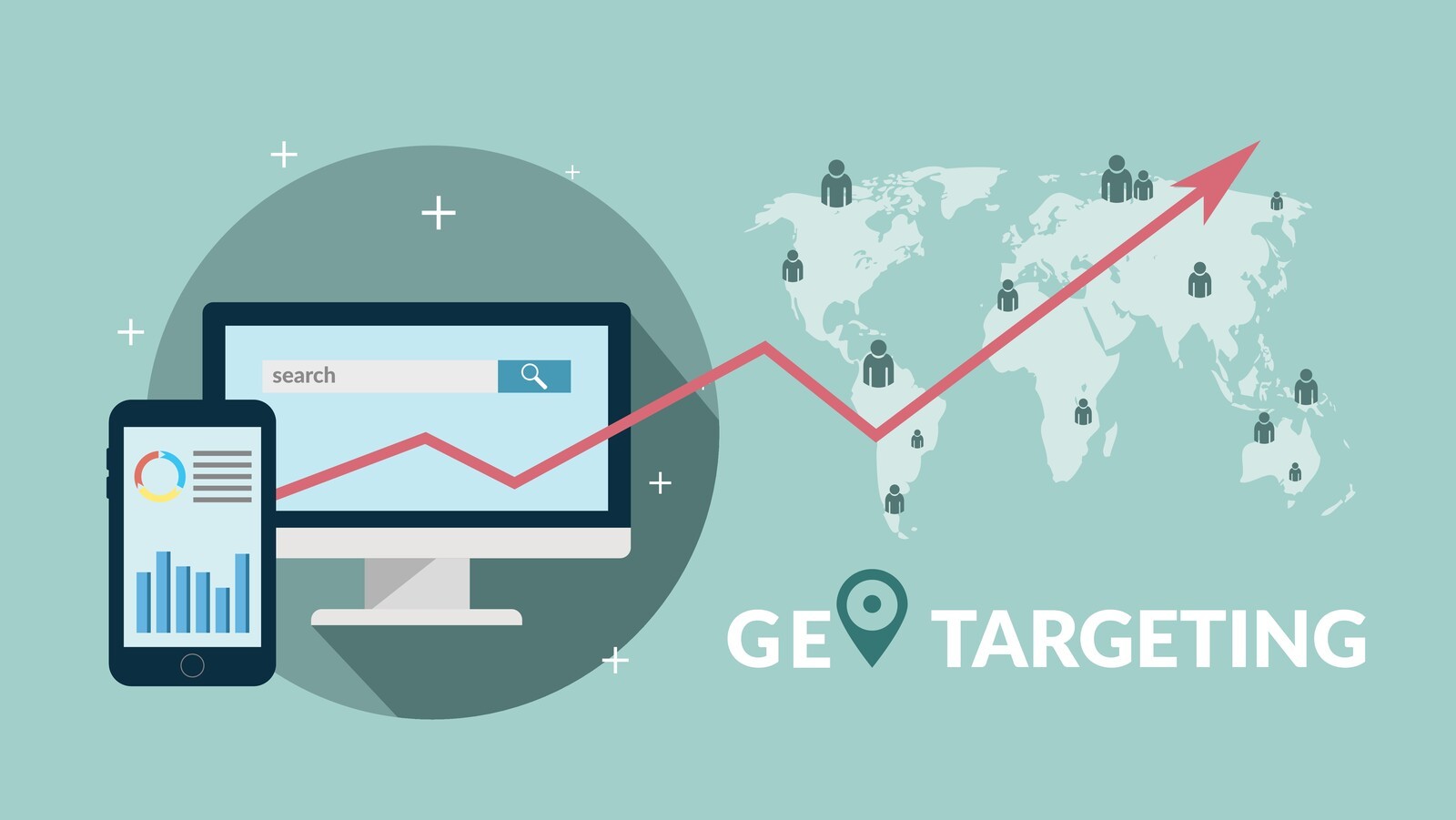Two concepts have grown increasingly critical: Web Accessibility and Search Engine Optimization (SEO). Both elements may seem distinct at first glance, but a deeper understanding reveals their profound interconnectedness.
Web accessibility refers to the practice of ensuring that everyone, regardless of their physical or cognitive abilities, can access and use a website. On the other hand, SEO is a strategic approach to increasing a website's visibility on search engine results. Although they serve different primary purposes, enhancing web accessibility can have a positive impact on your SEO performance.
What is Web Accessibility?
Web accessibility is the design and development of websites in such a manner that all users, including those with disabilities, can readily access, understand, navigate, and interact with them. It aims to remove barriers that might prevent people with a range of disabilities—including auditory, cognitive, neurological, physical, speech, and visual impairments—from accessing web content.
The importance of web accessibility cannot be overstated. Not only is it a legal requirement in many jurisdictions, but it also carries significant benefits for users and businesses alike. It ensures an inclusive online environment where everyone has equal access to information and functionalities. By making your website accessible, you are expanding your audience reach, improving user experience, and promoting digital inclusion.
Moreover, many jurisdictions have specific laws and regulations for web accessibility. In Ontario, Canada, for instance, the Accessibility for Ontarians with Disabilities Act (AODA) sets strict standards for accessibility.
To be AODA compliant, websites must meet certain criteria, such as providing text alternatives for non-text content, creating content that can be presented in different ways without losing information, and making all functionalities available from a keyboard. Complying with these guidelines not only makes your website accessible but also contributes to improved SEO performance.
Essential Elements of Web Accessibility
Web accessibility encompasses various elements, each designed to ensure that users, regardless of their abilities, can navigate, understand, and interact with a website and its content. Here are some key elements of web accessibility:
- Perceivable Information
All users should be able to perceive the information being presented, regardless of how they consume it. This can include providing text alternatives for non-text content (like images or videos), captions for multimedia, and options to change text size or contrast. - Operable Interface
Users should be able to navigate and use all interface elements. This includes making all functionalities accessible via a keyboard for people who can't use a mouse, and providing ample time for users to read and use content. - Understandable Information and Interface
The information and operation of the interface must be understandable. This can involve making text readable and comprehensible, ensuring web pages appear and operate in predictable ways, and assisting users in avoiding and correcting mistakes. - Robust Content and Reliable Interpretation
Content must be robust enough to be reliably interpreted by a wide variety of user agents, including assistive technologies. This could involve compatibility with current and future user tools. - Alt Text for Images
Providing accurate and descriptive alternative text for images ensures that people who are visually impaired can understand the context and content of the images. - Video and Audio Transcriptions
Transcripts should be provided for video and audio content to aid those who are deaf or hard of hearing. Closed captions and video descriptions can also be beneficial. - Easy Navigation
Clear, well-structured navigation is crucial. This can involve including a skip navigation link, using breadcrumbs, and ensuring that the tab order is logical and intuitive. - Consistent Layout
Keeping a consistent layout throughout the website can help users, especially those with cognitive disabilities, to understand where they are and find what they need. - Accessible Forms
All form fields should be clearly labeled, instructions should be clear, and form validation should be accessible and helpful. - Compatible with Assistive Technologies
The website and its content should be compatible with assistive technologies, such as screen readers and speech recognition software.
Each of these elements contributes to a more accessible website, enhancing the user experience for everyone and ensuring compliance with accessibility laws and guidelines like the AODA.
The Role of SEO in Web Accessibility
Search Engine Optimization, or SEO, is a strategy used to improve a website's visibility on search engine results pages (SERPs). By implementing effective SEO techniques, your website is more likely to rank higher in search results, leading to increased organic traffic, more leads, and potentially higher revenue.
SEO works by optimizing various elements of your website, including its structure, content, and metadata, to align with the algorithms search engines use to rank websites. These elements include keywords, title tags, header tags, alt tags, meta descriptions, URL structures, site speed, mobile-friendliness, and more.
Web accessibility intersects with SEO at several points. Search engine algorithms are designed to favour websites that deliver a superior user experience, and web accessibility is a major factor in that experience. Search engines aim to index websites that are user-friendly, easy to navigate, and contain high-quality, well-structured content - characteristics shared by accessible websites.
For instance, alt text, which is used to describe images for visually impaired users, also provides search engines with valuable context about the image content, aiding in image search ranking. Similarly, well-structured headings and content improve readability for those with cognitive disabilities and help search engines understand and index your content effectively.
Many practices that improve web accessibility also enhance SEO. When a website is accessible, it's not just users who benefit - search engines benefit too. This, in turn, can lead to higher rankings on search engine results pages.
How Web Accessibility Influences SEO
Search engines like Google employ complex algorithms to crawl, index, and rank websites. These algorithms are designed to provide users with the most relevant and high-quality results, and they inherently favor websites that are designed with accessibility in mind. Accessible websites provide a more user-friendly experience, catering to a wider audience, including those with disabilities. Here's how web accessibility can enhance your SEO:
- Improved Site Structure and Navigation
Accessibility guidelines call for a clear and intuitive site structure, making it easier for users to navigate the website. This benefits SEO as search engines can better understand and index the website, potentially leading to improved rankings. - Alt Text for Images
Providing alt text for images is not only an accessibility requirement for visually impaired users but also an SEO best practice. This text helps search engine bots understand the content of the image, contributing to improved image search rankings. - Video Transcriptions
Providing transcriptions or captions for videos not only assists hearing-impaired users but also gives search engines additional text to crawl. This can help your videos appear in more diverse search results. - Header Tags for Content Structure
Using header tags (H1, H2, H3, etc.) helps organize content, making it easier for users and search engine bots to understand the hierarchy and flow of your website's content. - Readable and Understandable Content
Accessibility guidelines recommend clear, concise language. This also benefits SEO, as search engines favor content that is easy to understand. - Mobile Accessibility
A mobile-accessible site is key for both web accessibility and SEO. With the rise of mobile browsing, search engines favor sites optimized for mobile devices. - Page Load Times
Accessible websites typically load faster, as they tend to be well-coded and less cluttered with unnecessary elements. Faster loading times can reduce bounce rates and improve search engine rankings. - Link Text
Using descriptive text for links (instead of generic text like "click here") aids visually impaired users and also provides more context to search engines about the linked content, contributing to SEO.
By focusing on web accessibility, businesses not only cater to a broader audience, but they also create websites that are more search engine friendly, which can significantly improve their SEO performance.
Comparing Accessibility and SEO
To better understand the inherent intersection between accessibility and SEO, the below table outlines the key features that contribute to both. This comparison will illustrate how enhancements made for accessibility can simultaneously boost your website's SEO, and vice versa.
| Feature | Accessibility | SEO |
|---|---|---|
| Alt Text for Images | Helps visually impaired users understand image content | Provides context to search engines about image content |
| Readable and Understandable Content | Enhances understanding for all users | Favoured by search engines for clarity and relevancy |
| Video Transcripts/Captions | Assists hearing-impaired users | Gives search engines more content to index |
| Page Load Speed | Offers smoother navigation for all users | Affects search ranking; slower sites rank lower |
| Site Structure and Navigation | Enables easy navigation for all users | Helps search engines index the site effectively |
| Mobile Responsiveness | Ensures usability on various screen sizes | Crucial for ranking after Google's mobile-first indexing |
| Header Tags (H1, H2, H3, etc.) | Helps users and screen readers understand content structure | Helps search engines understand content hierarchy |
| Descriptive Link Text | Provides context for visually impaired users | Helps search engines understand the linked content |
Businesses should continually strive for both accessibility and SEO optimization. Not only does this duo cater to an inclusive audience and enhance user experience, but it also significantly boosts your website’s visibility online.




